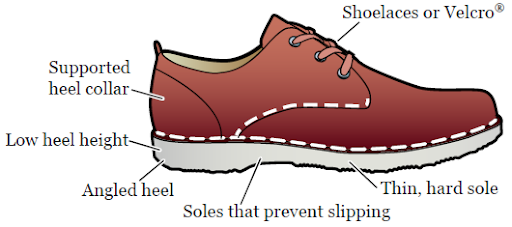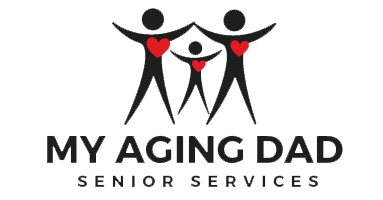It's In The Shoes
The beloved Dr. Seuss classic, "The Foot Book," takes us on a journey where left and right feet explore different locations. Just like in the story, understanding how our feet feel is essential as it directly impacts our body position, stance, and gait. For aging adults, foot problems can impair balance, leading to a higher risk of falls. Conditions like foot pain, bunions, hammer toes, weak toe flexors, and reduced ankle mobility can compromise the integrity of our feet and increase the likelihood of accidents.
When it comes to selecting the right footwear, there are a few things to keep in mind:
- Proper Fit: Ensure your shoes fit correctly, as both too tight and too loose shoes can lead to blisters, calluses, and foot pain. The heel should fit snugly, and there should be ample room in the toe box for toe movement.
- Adequate Support: Look for shoes that provide excellent support, especially around the ankle. Low-heeled shoes can enhance stability and reduce the risk of falls.
- Reliable Traction: Choose shoes with reliable traction, particularly if you expect to walk on slippery surfaces. Non-slip soles can significantly reduce the likelihood of slips and falls.
- Comfort: Comfort is key when selecting footwear. Shoes that are too hard or too soft can cause foot pain and discomfort. Seek shoes with proper cushioning and support.
Importance of Regular Podiatrist Visits:
Visiting your podiatrist annually is a recommended habit to not only prevent foot problems but also to understand what type of foot stability a person needs. Shoes are in fact personal. Comfort and safety should be the leading factor when purchasing shoes. When buying shoes, have your feet properly measured so that the shoe fits well. A roomy toe box is important to prevent the listed conditions above.
Below are some shoes characterizes to look for when picking out a pair that promote foot health and prevent falls.

Shoes and slips, trips & falls.
Slips occur when there is too little friction or traction between your feet and the walking surface. The most common causes of slips are wet surfaces, ice or other weather hazards, spills, and poor tread on footwear.
Trips commonly occur when
your foot strikes an object and your momentum throws you off balance. To minimize the potential for this type of
Falls
usually take place from
one level to another.
Some examples of shoes that may be suitable for the elderly at fall risk include:
- Athletic shoes with good support, traction, and cushioning.
- Walking shoes with a sturdy sole and good arch support.
- Slip-resistant shoes with a non-slip sole.
- Shoes with a wide toe box to accommodate foot swelling or toe deformities.
- Shoes with Velcro straps or slip-on designs for ease of use.
It's important to note that the best shoes for fall risk will depend on the individual's specific needs and foot characteristics. It's a good idea to consult with an occupational therapist or podiatrist for personalized recommendations.


